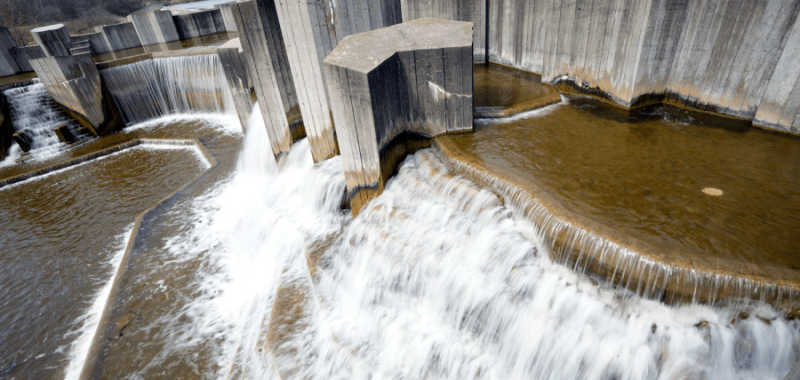
About a decade after the Flint water crisis, the Biden administration is requiring the removal of most of the nation’s lead-contaminated water pipes within 10 years.
The Environmental Protection Agency (EPA) is issuing a final rule that forces water systems to replace water lines containing lead within a decade. It expects that between 96 and 99 percent of systems will be able to achieve this.
President Biden is expected to announce the new rule during a visit to Milwaukee on Tuesday, where the administration says federal funds have helped push the timeline for replacing lead pipes from 60 years down to 10.
Exposure to lead can cause brain and nervous system damage in children. In adults, lead can cause reproductive issues, nerve disorders, high blood pressure and memory problems.
The Biden administration says that it expects its rule will prevent 900,000 infants from having low birth weight, 2,600 children from developing ADHD and 1,500 premature deaths from heart disease each year.
“President Biden is the president who is finally putting an end to this generational public health crisis,” said EPA Administrator Michael Regan.
“Delivering a lead free America is President Biden’s legacy,” he added. “This is a matter of public health, a matter of environmental justice, a matter of basic human rights, and it is finally being met with the urgency it demands.”
The announcement comes more than a decade after the start of the nation’s most well-known lead contamination crisis. In 2014, a water supply switch caused lead pipes in Flint, Mich., to corrode and resulted in the substance contaminating the city’s water and exposing nearly 100,000 people to lead.
“Once you have these chronic health conditions, the only thing you could do is manage it,” said Nayyirah Shariff, director of the local advocacy group Flint Rising. “We’re still fighting for … funding for those support systems that our community needs.”
Flint is just one of many communities whose water is served by lead pipes. About 9.2 million lead service lines serve water to communities across America.
Cities including Chicago, Cleveland, New York and Detroit have some of the highest numbers of lead service lines, according to the Natural Resources Defense Council, an environmental advocacy group.
“It can literally happen anywhere,” Shariff said.
While the new rule from the EPA was first proposed last year, an official described the final regulation as more stringent.
Last year’s proposal contained an exemption that would have given some cities with particularly high numbers of lead lines years longer to complete their lead service line removals. That provision could have kept some Chicago residents drinking out of lead service lines for more than 40 years.
An official told reporters this week that those timelines have been slashed in the stricter final rule. The rule in particular gets rid of the exemption for water systems based on the sheer number of service lines they need to replace and now only allows for exemptions based on the percentage of lines that need replacement.
In addition to requiring most systems to remove their lead lines in 10 years, the new rule from the EPA is also lowering the threshold level at which water providers need to take interim actions to mitigate lead exposure.
Currently, utilities have to take actions like corrosion control if 10 percent of a system’s water samples are found to contain at least 15 parts per billion of lead. Under the new rule, this drops down to 10 parts per billion.
Public health advocates cheered the rule as a win in the fight against lead exposure.
“It’s going to really be the most significant improvement in protections against lead-contaminated tap water in more than three decades,” said Erik Olson, senior strategic director for health at the Natural Resources Defense Council.
But Olson said the rule also contains some “gaps” — including not requiring utilities to pay the entire cost of replacing lead service lines. He said this could put some residents and landlords on the hook.
During his visit to the swing state of Wisconsin this week, Biden is also expected to tout $2.6 billion in water infrastructure funding from the Bipartisan Infrastructure Law. In total, the law put $15 billion toward replacing lead lines and an additional $11.7 billion for clean water more broadly.
Both environmental groups and water providers have estimated that the total cost of replacing lead service lines could be up to $60 billion. Similarly, the EPA estimated that its rule would cost about $1.47 billion to $1.95 billion each year over a 35-year period.

